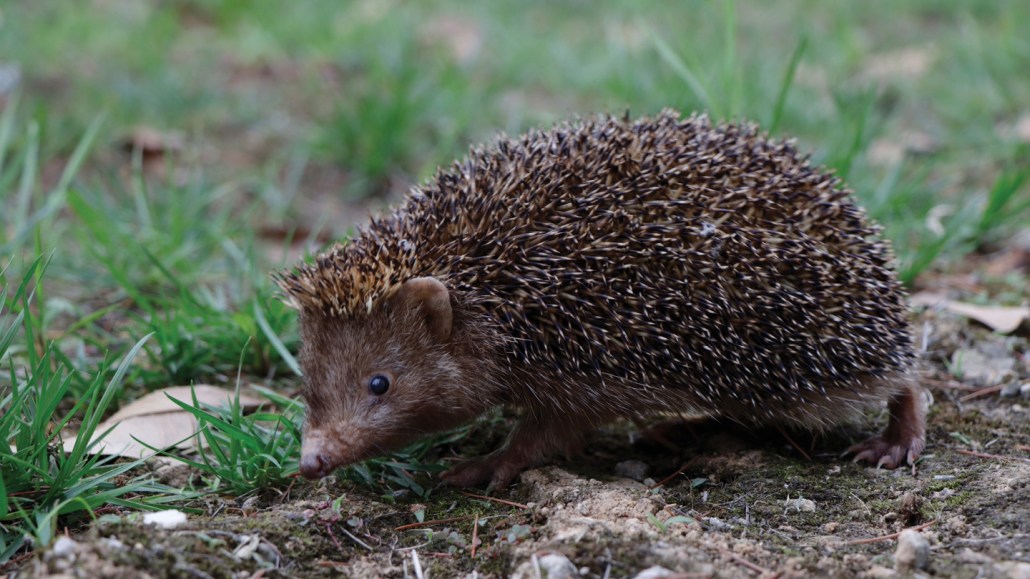
This hedgehog, spotted in China’s Anhui province, is a member of the newly identified species Mesechinus orientalis.
Z. Shi et al/ZooKeys 2023

This hedgehog, spotted in China’s Anhui province, is a member of the newly identified species Mesechinus orientalis.
Z. Shi et al/ZooKeys 2023